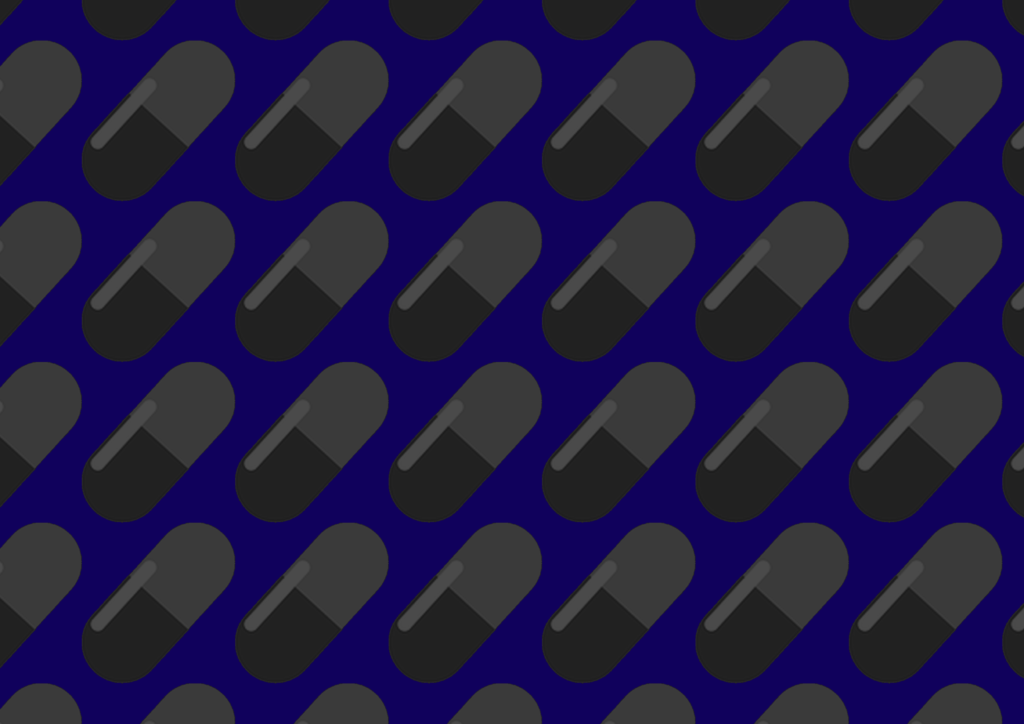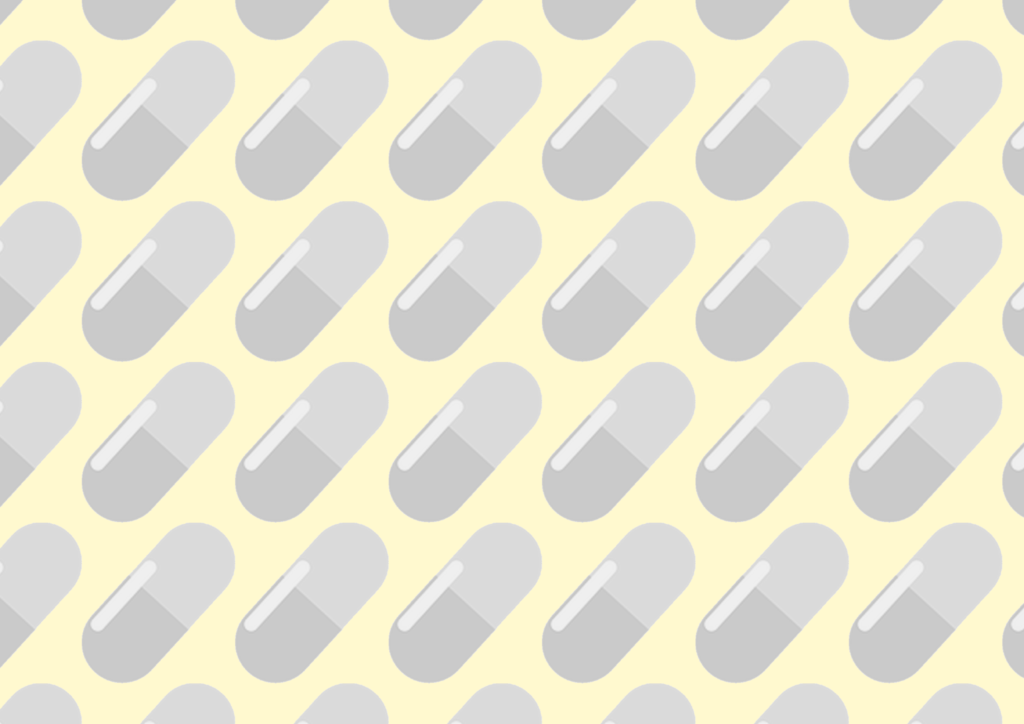The medical and healthcare industry has seen tremendous growth over the past decade. This is due to people of all ages seeking better ways to improve their health, such as through medical research and treatments. Because of this, the healthcare sector has many lucrative opportunities for new and existing jobs. One of these jobs is web designer in the healthcare industry. But what are actually web designers in the healthcare industry responsible for? What can they do? And what are the prospects of the profession? Let us answer all these questions for you.
What Is a Healthcare Web Designer?
There is a wide range of positions available to healthcare web designers. The primary task is to do a medical web design, code, build, and publish websites. Healthcare web designers typically provide the basic features of a website, such as navigation, images, and video content.
Healthcare web designers are typically very creative as they must create a site that not only appeals to the intended audience but also fits into the industry as a whole. This can be done by focusing on relevant topics and creating user-friendly website designs that can easily be implemented.

What Types of Healthcare Websites Does a Web Designer Create?
Web designers are responsible for creating every aspect of a website – from the style and colors of each page to the content layout. Some pages of a healthcare website will be much more involved than others, and a web designer is responsible for selecting the best method for accomplishing a task. Here are some of the most common types of healthcare websites that web designers work on:
- The patient information section of a healthcare website is usually dedicated to explaining what a medical procedure or treatment will entail. This type of healthcare website is used to collect patient information and provide them with essential details about their health.
- Healthcare providers typically have their own websites and often need the services of a web designer. These websites explain the various services and medical treatments provided. This section can also be used for healthcare directories, where people can search for information on healthcare providers and find which medical doctors specialize in a particular field of medicine.
- The most common website for healthcare providers is their corporate website, which usually has information about medical services, doctors, and procedures. Thus, healthcare companies use websites to provide potential patients with detailed information and to drive more patients to their offices.
- Patients are the second most common category of customers for a healthcare provider. A patient website helps the provider to collect and store information. Patient websites are similar to those of medical professionals and are usually dedicated to medical histories, tests, and procedures.
- Communication between patients and providers is also one of the most common tasks for a healthcare web designer. They must create patient surveys, portals, and even contact forms for health insurance providers, insurance carriers, and medical institutions.
Online Patient Engagement and Community Management
Healthcare web designers are typically in charge of building patient communities and online patient engagement platforms, including forums. Patients and healthcare providers can post messages and interact with each other in communities. These healthcare websites can even be moderated, which requires specific expertise in building online patient engagement platforms.
In other words, a web designer is typically responsible for creating patient engagement platforms that involve a lot of interaction and feedback. In fact, some experts say that these platforms are even more important than the website itself.
Because of this, web designers work for any number of healthcare companies and organizations. For instance, healthcare web designers can work for medical associations, healthcare providers, and health insurers, just to name a few. They can also work as freelancers for various healthcare companies.
What Qualities Should a Healthcare Web Designer Have?
While being a web designer does require specific technical skills, it also demands certain qualities. Here are some of the most common traits a healthcare web designer should have.
- A clear knowledge of HTML, CSS, and JavaScript;
- A clear understanding of how to set up page headers and footers;
- Strong knowledge of how to properly format paragraphs and headlines;
- Knowledge of the most common web fonts and their uses;
- A good grasp of the various web platforms and languages;
- An understanding of the layout of a web browser;
- A willingness to understand different types of user behaviors and their effects on the website;
- Knowledge of how to efficiently code and design responsive websites;
- An understanding of the latest trends and technologies in the healthcare industry.
Being a web designer in the healthcare industry can be a rewarding career that allows you to work in the field you always wanted to be a part of. As a web designer, you can work with medical professionals and patients to deliver content that is high-quality, timely, and useful.
Because you are part of the healthcare industry, you can also collaborate with medical professionals to share your work and have it implemented on their websites. This can be a great opportunity to learn the skills and get the hands-on experience you need to advance your career.
The Benefits of a Healthcare Web Designer
Healthcare web designers are highly regarded by patients, medical professionals, and other specialists in the niche. They are known for their expertise and are in high demand in the healthcare industry. As a web designer, you can work in the healthcare field for years, with the possibility of earning thousands of dollars a year. This is particularly beneficial if you can advance your career quickly. Healthcare web designers may even be able to work freelance or freelance part-time. It is up to you to select the employment model.
There are many exciting and interesting things that you can do in the healthcare industry. You can never learn too much about this niche. As you grow as a web designer, you will be more informed about the latest technological and medical trends and even how the internet can benefit healthcare.









